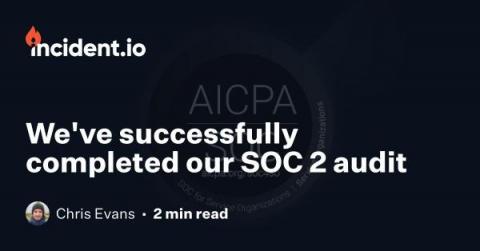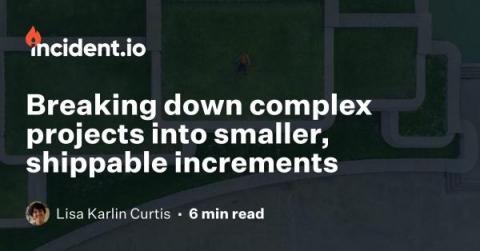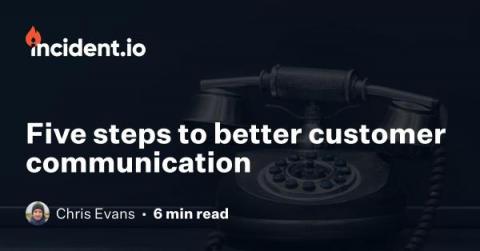We've successfully completed our SOC 2 audit
We're very pleased to announce that incident.io is now SOC 2 compliant, having successfully completed our Type I audit. Put simply, this means an external auditor has looked at how the company is operating, and how our software is managed and operated, and confirmed that we meet a set of high security standards.











